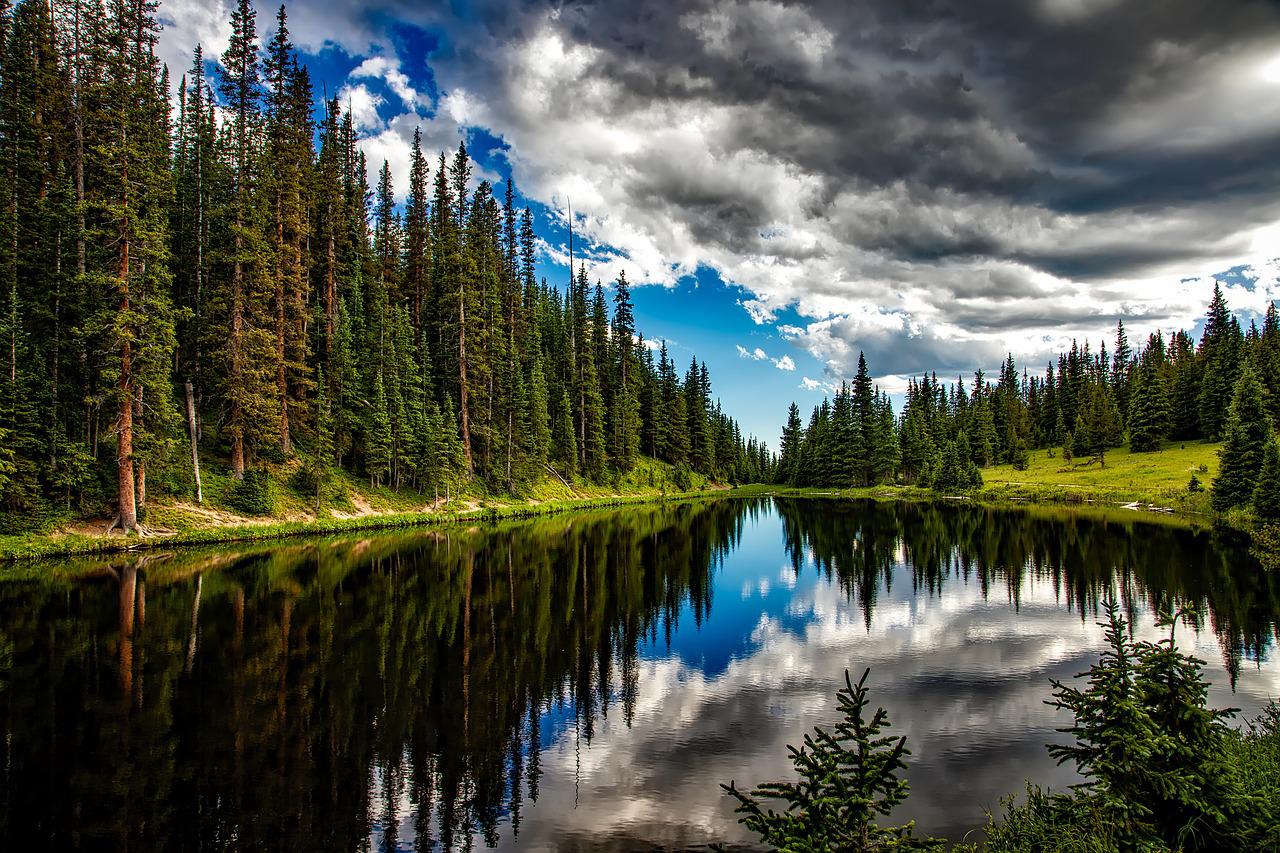On June 14 the Senate Energy and Natural Resources Committee , chaired by Sen. Joe Manchin, heard testimony about the drought crisis facing the western states.
, chaired by Sen. Joe Manchin, heard testimony about the drought crisis facing the western states.
With links to their written statements, witnesses included:
-
- The Honorable Camille C. Touton, Commissioner, Bureau of Reclamation, U.S. Department of the Interior

- Mr. John J. Entsminger, General Manager, Southern Nevada Water Authority

- Dr. Maurice Hall, Vice President, Climate Resilient Water Systems, Environmental Defense Fund

- Mr. Patrick O’Toole, President, Family Farm Alliance

- Mr. Charlie Stern, Specialist in Natural Resources Policy, Congressional Research Service

- The Honorable Camille C. Touton, Commissioner, Bureau of Reclamation, U.S. Department of the Interior
Urgency and tipping points.
A dire picture was painted by the witnesses about drought conditions in the United States, with Commissioner Touton noting that “more than 40 percent of the United States is currently experiencing at least moderate drought. Almost 93 percent of the western United States is experiencing drought or abnormally dry conditions, and more than 70 percent of the western United States is experiencing severe or extreme drought conditions […] The Colorado River Basin is in the 23rd year of a historic drought. Both Lake Powell and Lake Mead – the two largest reservoirs in the United States – are at historically low levels with a combined storage capacity of 28 percent of capacity. While Reclamation and its partners have been successful in conserving water in Lake Mead and Colorado River System reservoirs, more needs to be done as the system reaches critically low water levels. The system is at a tipping point.”
Dr. Hall stressed the urgency of the situation, remarking:
For the past three decades, since my graduate work in water resources at Colorado State University, I have focused my career on sustainable water management in the western United States. I have learned to accept as reality what John Wesley Powell warned us about more than a hundred and twenty years ago: Drought in the West is always lurking behind the ample rains and snows in any given year. Yet, what we’ve experienced over the last few years is different, and it truly scares me. The driest first three months of the year on record in California, even after massive storms in the Sierras in December of last year. The first ever shortage declaration on the Colorado River. Unprecedented fallowing of rice fields in the Sacramento Valley. Deadly record-breaking heat in the Pacific Northwest. The western United States is facing an unprecedented drought emergency. Our water supplies for communities, agriculture and wildlife are now dwindling at a truly alarming rate.
Conservation efforts.
A more optimistic note was voiced by John Entsminger, who talked about Nevada’s achievements in water conservation. He opined that a different approach should be considered for the irrigation of forage such as alfalfa, which he said accounts for 80% of agricultural water consumption.
Drought’s impact on agriculture.
O’Toole gave an impassioned statement:
The Family Farm Alliance (Alliance) is a grassroots organization of family farmers, ranchers, irrigation districts, and allied industries in 16 Western states. We are committed to the fundamental proposition that Western irrigated agriculture must be preserved and protected for a host of economic, sociological, environmental and national security reasons – many of which are often overlooked in the context of other national policy decisions. The American food consumer nationwide has access to fruits, vegetables, nuts, grains and beef throughout the year largely because of Western irrigated agriculture and the projects that provide water to these farmers and ranchers.
Today’s hearing could not come at a better time. Americans are facing rising food costs and the potential for global famine looms on the horizon. Amid concerns of higher food prices and growing concerns of a looming global wheat shortage, the recent national infant formula shortage has further underscored the importance of a strong national domestic food supply system.
Meanwhile, our own government has regulatorily withheld water from producers in places like the Central Valley of California, Central Oregon and the Klamath Basin. Many of our members are bracing for yet another year of severe drought and unprecedented water shortages.
The Western drought continues with no real federal policy action other than to limit irrigation supplies to farmers and residents. We need to prepare for future droughts, not simply react to current hydrologic shortages. Major reservoirs in California and along the Colorado River have reached or are approaching historic lows, threatening the ability to generate hydropower, particularly at Lake Powell, behind Glen Canyon Dam. In the Rio Grande Basin, New Mexico’s Elephant Butte Reservoir is less than 13% full. Our farmers and ranchers that are largely responsible for keeping the nation’s grocery store aisles stocked are being forced to leave fields fallow or reduce livestock herds.
Long and Short Term Solutions.
Witnesses suggested to Sen. Manchin that on a federal level, more investments in agriculture efficiency and giving the Bureau of Reclamation greater flexibility in its management activities would be steps in helping to solve the crisis. A video of the full hearing is posted on the Senate committee’s website. Interested parties can sign up for email announcements  of future hearings and developments.
of future hearings and developments.


Leave a Reply